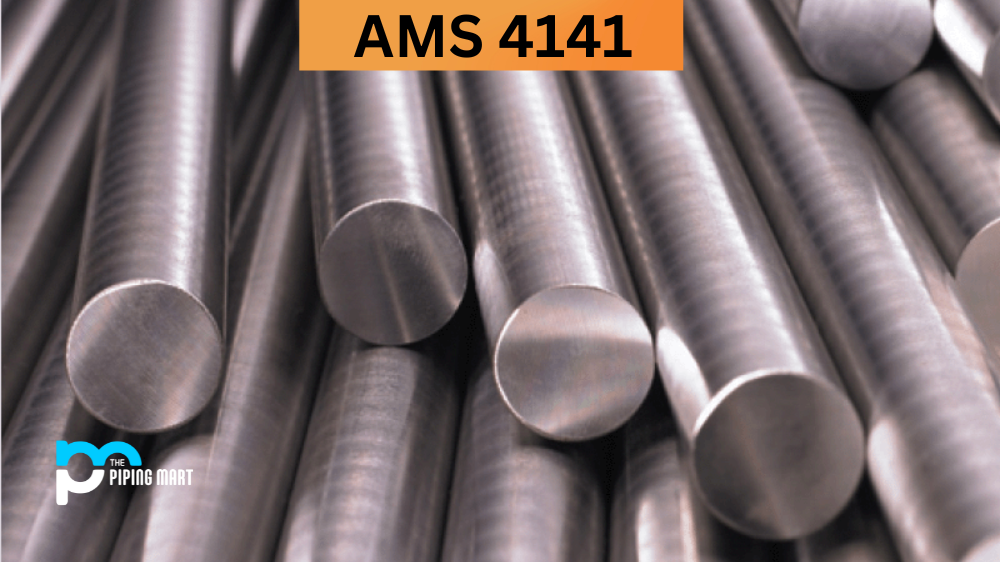Hastelloy G30 is a nickel-based alloy known for its exceptional resistance to corrosion and pitting in aggressive environments. This superalloy is widely used in various industries such as chemical processing, oil and gas, pharmaceuticals, etc. In this blog post, we will delve into the world of Hastelloy G30 and explore its composition, physical and mechanical properties, uses, hardness, heat treatment, welding, and, most importantly, its corrosion resistance.
Hastelloy G30 Composition
Hastelloy G30 is a highly alloyed nickel-chromium-molybdenum-tungsten alloy with a small amount of iron. It also contains cobalt, vanadium, and nitrogen. The unique composition of Hastelloy G30 provides outstanding resistance to both reducing and oxidizing acids, making it ideal for applications where corrosion resistance is paramount.
| Element | Content (%) |
|---|---|
| Nickel, Ni | 43 |
| Chromium, Cr | 28.0-31.5 |
| Iron, Fe | 13-17 |
| Cobalt, Co | 5 |
| Molybdenum, Mo | 4-6 |
| Tungsten, W | 1.50 – 4 |
| Manganese, Mn | 1.50 |
| Copper, Cu | 1 – 2 .40 |
| Silicon, Si | 0.8 |
| Phosphorous, P | 0.040 |
| Carbon, C | 0.030 |
| Sulfur, S | 0.020 |
Hastelloy G30 Physical Properties
Hastelloy G30 exhibits excellent physical properties such as high tensile strength, good ductility, and low thermal expansion. The density of this alloy is 8.22 g/cm³. It has a melting point of 1399°C and a boiling point of 3045°C. It also shows an excellent thermal conductivity of 8.62 W/m·K.
| Properties | Metric | Imperial |
|---|---|---|
| Density | 8.22 g/cm³ | 0.297 lb/in³ |
| Melting point | 1371ºC | 2500ºF |
Hastelloy G30 Mechanical Properties
Hastelloy G30 has exceptional mechanical properties that make it suitable for high-stress applications. The yield strength of this alloy is 416 MPa, whereas its ultimate tensile strength is 760 MPa. It has a hardness of 290 HB.
| Properties | Metric | Imperial |
|---|---|---|
| Tensile strength | 1096 MPa | 159000 psi |
| Yield strength (@0.2%) | 1000 MPa | 145000 psi |
| Modulus of elasticity (plate heat treated to 1177°C, rapid quenched) | 202 GPa | 29300 ksi |
| Elongation at break (in 50.8 mm) | 12% | 12% |
| Reduction of area | 57% | 57% |
| Hardness, Brinell (converted from Rockwell C hardness) | 304 | 304 |
| Hardness, Knoop (converted from Rockwell C hardness) | 326 | 326 |
| Hardness, Rockwell C | 32 | 32 |
| Hardness, Vickers (converted from Rockwell C hardness) | 316 | 316 |
Hastelloy G30 Equivalents
| Properties | Metric | Imperial |
|---|---|---|
| Thermal expansion co-efficient (@30-316ºC/86-601ºF) | 14.4 µm/m°C | 8 µin/in°F |
| Thermal conductivity | 10.2 W/mK | 70.8 BTU in/hr.ft2.°F |
Hastelloy G30 Equivalents
- ASTM B366
- ASTM B581
- ASTM B582
- ASTM B619
- ASTM B622
- DIN 2.4603
Hastelloy G30 Uses
Hastelloy G30 is a versatile alloy that finds applications in several industries. It is widely used in chemical processing plants for heat exchangers, condensers, and evaporators. It is also used to produce pharmaceuticals, agrochemicals, and organic chemicals. Other applications include the Oil & Gas industry, power generation, and food processing.
Hastelloy G30 Hardness
The hardness of Hastelloy G30 is dependent on its heat treatment. Generally, the alloy is supplied in the solution-annealed condition, which provides a hardness of around 130-160 HB. However, the hardness can reach up to 290 HB after precipitation hardening.
Hastelloy G30 Heat Treatment
Hastelloy G30 can be heat-treated to achieve different strength levels. The solution-annealing treatment is the most common, which is carried out at a temperature range of 1070-1150°C. The alloy is then quenched in water or rapidly cooled in air. Another heat treatment process is the precipitation hardening method, which increases the hardness of the alloy.
Hastelloy G30 Welding
Hastelloy G30 is weldable using many methods like TIG, MIG, and arc welding. The choice of welding method depends on the application and the desired mechanical properties. Care must be taken during welding to preserve the corrosion resistance of the alloy.
Hastelloy G30 Corrosion Resistance
Hastelloy G30 is known for its exceptional corrosion resistance in oxidizing and reducing media. It resists attacks from hot and cold sulfuric acid solutions with concentrations up to 50%. It also resists nitric, acetic, and phosphoric acids, making it suitable for chemical processing industries. The alloy is also resistant to crevice and pitting corrosion in seawater and other chloride-containing environments.
Conclusion
Hastelloy G30 is a versatile nickel-based alloy with outstanding corrosion resistance in aggressive environments. It offers exceptional physical and mechanical properties, making it ideal for various industries. The alloy’s unique composition provides excellent corrosion resistance and high-stress capabilities, making it a popular choice for critical applications. Its heat treatment, welding ability, and corrosion resistance suit marine and chemical processing applications. Understanding the unique properties and features of Hastelloy G30 is critical in selecting appropriate materials for specific applications.




